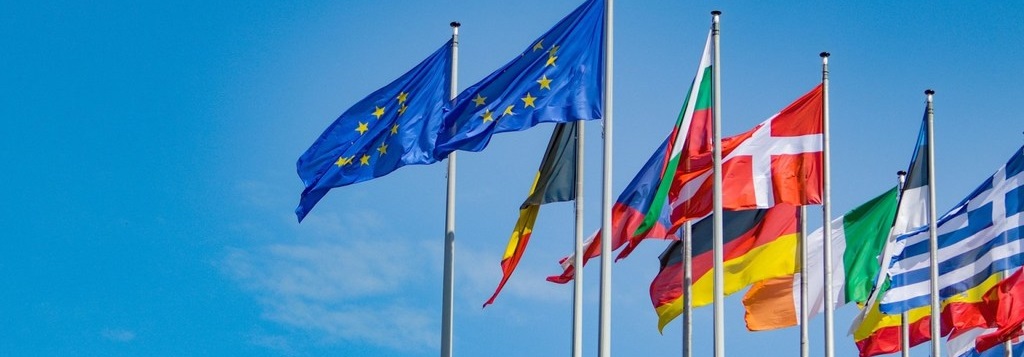Turning promises into policies! Europe Raises the Bar in the Fight Against Climate Change
 Turning promises into policies! Europe Raises the Bar in the Fight Against Climate Change
Turning promises into policies! Europe Raises the Bar in the Fight Against Climate Change
Doha, January 2022
Turning Promises Into Policies! Europe Raises the Bar in the Fight Against Climate Change
The European Union is attempting to turn promises into policies with its ‘Fit for 55’ climate bill, the Al-Attiyah Foundation reports in its latest Sustainability Paper titled ‘The Progress of Green New Deals in Europe and the US’
In July 2021, the European Commission presented a dozen legislative proposals to ensure its climate and energy laws fit the ambition of a 55% cut in carbon emissions by 2030, compared with 1990 levels. From phasing out the internal combustion engine to forest protection, no sector of the EU economy will go untouched.
The most radical, and possibly contentious, proposal in the ‘Fit for 55’ bill would impose tariffs on certain imports from countries with less stringent climate-protection rules. The proposals also include eliminating the sales of new gas- and diesel-powered cars in just 14 years and raising the price of using fossil fuels. Citizens of the EU would also get more help to insulate their homes and buy green vehicles, through the EU “social climate fund”.
“Our current fossil fuel economy has reached its limit. We want to leave the next generation a healthy planet as well as good jobs and growth that does not hurt our nature. Europe was the first continent to declare to be climate neutral in 2050, and now we are the very first ones to put a concrete roadmap on the table.” the president of the European Commission, Ursula von der Leyen, said at a news conference in Brussels as the plans were unveiled.
The legislation, which could be passed into law in 2022, follows years of pledges from the 27-country bloc. Ahead of the Paris Agreement in 2015, the EU committed to cutting its emissions to “at least 40%” below 1990 levels by 2030 and to 80% below 1990 by 2050. In December 2020, political leaders endorsed a new target to cut emissions to “at least 55%” below 1990 levels by 2030 and to reach “climate neutrality” (net-zero) by 2050.
The legislative proposals are some of the most aggressive and detailed for reaching a carbon-neutral economy by 2050. They have risen the bar for other large emitters such as the United States who, in December 2021, failed to push through congress a bill that would have been the country's largest climate change investment ever.
The climate portion of the ‘Build Back Better Plan’ included $555 billion aimed at moving the American economy away from its 150-year-old reliance on fossil fuels and toward clean energy sources. Instead of penalties to punish polluters, the bill offers incentives for industries, utilities and individuals to shift from burning oil, gas and coal for energy and transportation to using wind, solar and other forms of power that do not emit carbon dioxide. President Joe Biden said in January 2022 that his administration is still “confident we can get pieces, big chunks” of the bill passed including sufficient “support for the $500 billion plus for energy and the environment.”
To download the paper for free and learn more on energy and sustainability, visit the Al-Attiyah Foundation’s website at https://www.abhafoundation.org.